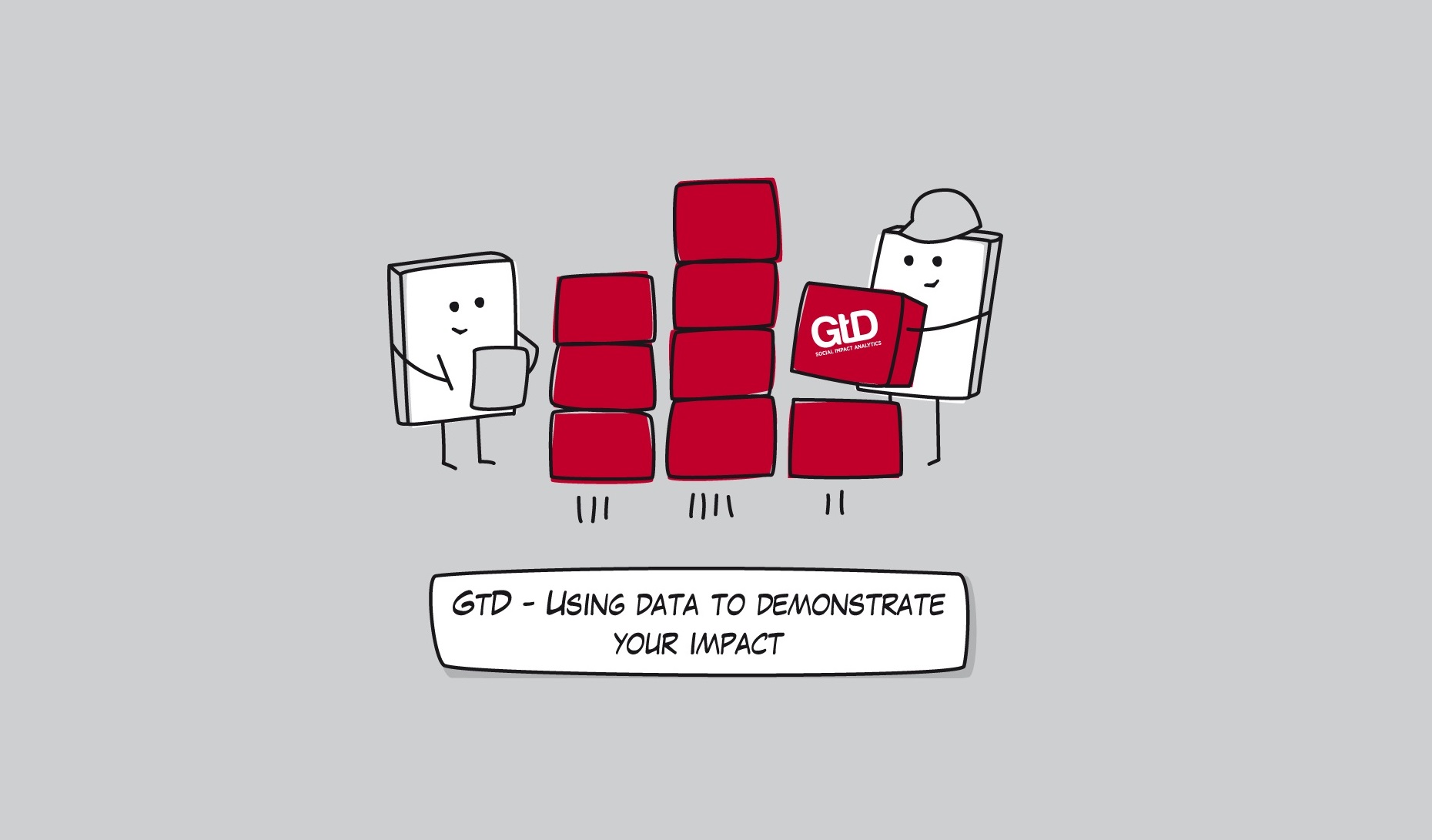Social Outcomes: The Road to Success is Paved With Good Intentions
I have often said that hardly a week goes by when I don’t encounter an individual or group of people working hard to make the world a better place. Often these people are working with those who are existing on the edge of society: the homeless who are ignored on our streets; refugees who feel that every hand is turned against them; the sick and frail who have no access to local medical provision; or individuals who are unfairly caught up in the “penal-industrial complex”. In every case, I see individuals and groups who have recognized a social need and have a clear intention to address it.
Resourcing & Focusing an Intention
While a good intention is essential to articulating a program’s vision, mission and rationale, intention alone is not enough. All our clients, however, will be able to explain the need for their work and can identify the time, money other resources that are required to make a positive difference. As Jack and I have written in recent blogs, GtD’s “Measure” and “Learn” services assist our clients to enhance their work. In the case of “Measure” we are helping our clients to ensure that their good intentions are properly resourced, and with “Learn” we are applying sophisticated predictive analyses to make sure intentions are correctly focused for maximum benefit.
Intentions & Results
Some years ago, I came across the following quote from the American economist and Nobel Laurette, Milton Friedman, “One of the great mistakes is to judge policies and programs by their intentions rather than their results”. Like many familiar quotes, we are often unclear about their original context or intended meaning. Often, however, Friedman’s quote is used against government intervention. In other words, it is used as a counsel of despair that government intervention usually makes matters worse. I don’t know if that is what Friedman intended, but it is generally an absurd conclusion. That said, often GtD’s clients are working hard to complement public services or are providing services to client groups where government bureaucracies would fear to tread.
Proving your Intention
Friedman’s words do, however, support the desirability that well-intentioned programs should deliver good results. I am sure that few people would dispute that, particularly GtD’s clients who are increasingly looking for definitive evidence of the value of their work. This is where our “Prove” service is in demand. Sometimes our clients need the evidence to prove the effectiveness of their work to their funders. More often, however, their quest for evidence is part of their commitment to delivering the most effective service and ensuring that they are benefiting the very people they want to assist.
Our clients know the value of our “Prove” service, whether they are demanding to know the effectiveness of reforms to the youth justice system or requiring evidence of the benefit of innovative approaches to health provision in underserved rural counties. GtD’s “Prove” service not only delivers rigorous impact evaluation. It also provides clearly written reports that communicate key findings to a range of stakeholders, including funders, senior management, practitioners and users.
Turning Good Intentions into Successful Outcomes
An effective program starts with a good intention to help. Let GtD accompany you on your social impact journey through our “Measure”, “Learn” and “Prove” packages. Contact us today to learn more about the range of our services.
















